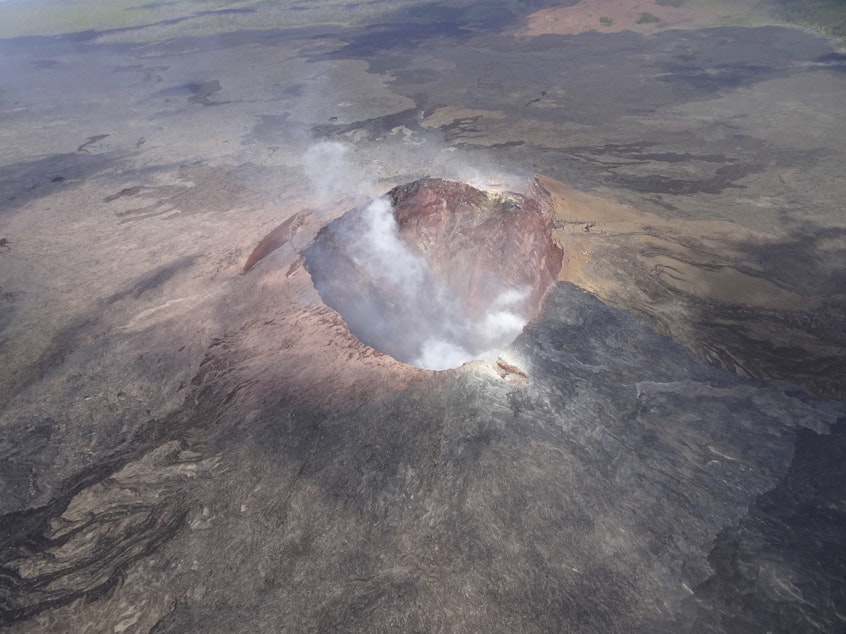Army Soldier Falls Into Hawaii's Kilauea Volcano After Straining For Better View

A 32-year-old soldier, straining to get a better view of the inside of Hawaii's Kilauea volcano, was seriously injured after he fell from a 300-foot-high cliff into the volcano crater.
According to a parks spokesman, the man climbed over a metal guardrail to get a better vantage point. Then the ground beneath him collapsed.
Army officials say the man is a soldier from Schofield Barracks, on the island of Oahu, and was on Hawaii's Big Island for training exercises. An eyewitness saw the man fall into the volcano around 6:30 p.m. and immediately notified authorities.
Rescue workers were able to rappel down the inside of the volcano, where they found the man on a ledge 70 feet below the rim. They attached him to a stretcher and airlifted him out of the crater, with the help of a military helicopter.
He was flown to Hilo Medical Center in critical condition. On Thursday his condition was upgraded to stable.
Sponsored
"Visitors should never cross safety barriers, especially around dangerous and destabilized cliff edges," John Broward, chief ranger at Hawaii Volcanoes National Park, said in a statement, according to The New York Times. He warned that crossing safety barriers could result in serious injuries or death.
Matthias Kusch, Hawaii County Fire Department battalion chief, told Hawaii News Now that the man is "doing remarkably well for his fall. Only time will tell what injuries he has."
Kilauea is one of the world's most active volcanoes. Last year it erupted for months, destroying about 700 homes on the island with lava and ash. [Copyright 2019 NPR]


